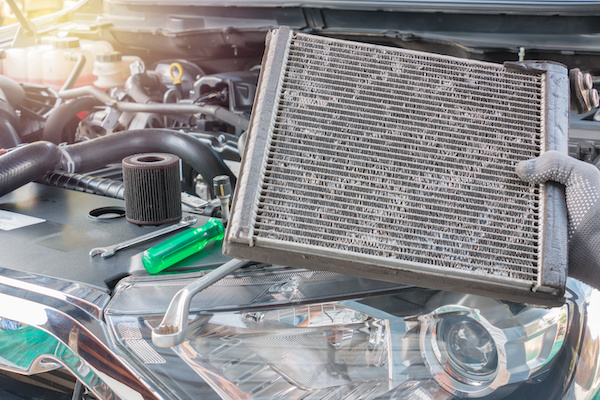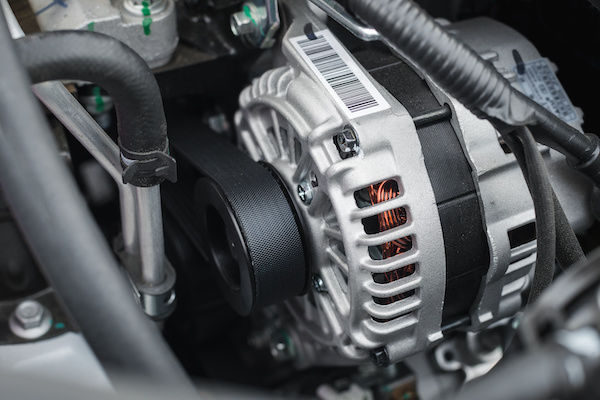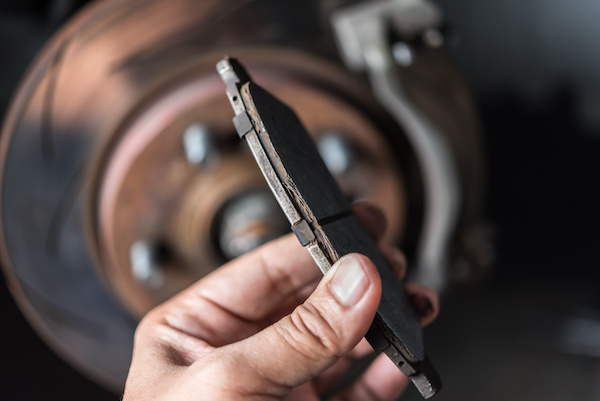Posted on 7/25/2022

No matter the weather outside, your engine is running in extremely hot conditions. It might be challenging to keep your engine hot enough to turn heat into energy while keeping it cold enough to work properly. The radiator enters the picture at this point, pumping coolant through the engine and back. The radiator is a crucial part of the cooling system for the engine. This system is intended to maintain the engine temperature at the ideal range that the car's manufacturer has established. How a Radiator Works Through the combustion of fuel and the production of energy from its numerous moving parts, an automobile's engine provides the necessary power. The engine can become quite hot as a result of its power and movement. In order to prevent overheating, which can cause serious damage, the engine must be vented of this heat while it is running. A radiator aids in the engine's overheating removal. It is a component of the cooling system for the engine, wh ... read more
Posted on 6/21/2022

If you want to keep your car on the road, you're going to need a working alternator. While most people think of the battery or the start for starting their vehicle, it wouldn't happen without an alternator. The alternator provides an electrical current to recharge your battery and keep it going. It performs this with a rotating pulley that converts mechanical energy into electrical energy. Symptoms of a Faulty Alternator Alternators are designed to last 7-10 years, and they don't require as much maintenance as other car parts. When the alternator is failing, you may notice some tell-tale signs. Below are common symptoms of a faulty alternator: Battery Warning Light On — Your dashboard messages are part of your onboard diagnostics system, and their role is to communicate to you when there is a problem with your car. If the alternator is failing, the light shaped like a battery or an electrical system warning message will illuminate there. Whining Noise &mdash ... read more
Posted on 5/20/2022

It's graduation season, and if you’re planning to give your child a pre-owned car, it would be wise to get a pre-purchase inspection for it. Buying a used car can be tricky. Some vehicles may look great on the outside, but they could have more than a few mechanical problems on the inside. As parents, we want the best for our children. To ensure your child gets gifted with a safe and reliable car, we recommend that you get a pre-purchase inspection beforehand. Westside Car Care is a reliable source for thorough pre-purchase vehicle inspections. This service gives you full transparency on the car’s condition. Our professional technicians will go through all the vehicle systems and do a test run. After, you will get a full breakdown of the vehicle. If we find any underlying problems, you’ll also get an estimate for the repairs. Our inspection process is very thorough, so you don’t have to worry about any surprises later on. The pre-purchase in ... read more
Posted on 4/25/2022

The Brake pads are an essential part of your car's braking system. The Disc brakes depend on the brake pads, rotor, and caliper to work correctly. The brake pads are found in the caliper, and they are one of the parts that clamp down on the rotor. The brake pads wear out because of the friction put on the rotor when stopping the wheel. There is more to learn about the brake pads, and the information below will be helpful; Types of Brake Pads There are different types of brake pads to choose from depending on the size and type of your car; Semi-Metallic Brake Pads The Semi-metallic brake pads are 30 to 65 percent metal; these brake pads are considered very durable. But they might not work efficiently in extremely low temperatures. The Semi-metallic pads are affordable and easier on the rotors than the ceramic brake pads. However, these brake pads are louder and do not last as long as the ceramics. Therefore, they are ideal for high-performance and race vehicles. Cerami ... read more
Posted on 3/18/2022

We're sure most of you have one or more road trips planned for the upcoming spring and summer. With road travel, there are a few things you should do in advance to prep for a safe trip. The last thing you want to be dealing with in warm weather is a breakdown. Here are some areas to assess before hitting the road: Fluids and Filters - Since your vehicle runs on many fluids (coolant, motor oil, brake fluid, windshield washer fluid, etc.), it is imperative that you check their levels and conditions before driving. They may need something as simple as a top-off or complicated as a flush. If you need help with your fluid maintenance, please come by Westside Car Care. Tires - Your tires are the only part of your car that makes contact with the road. You're definitely going to want them to be correctly inflated to take on unfamiliar roads. Not only will that guarantee your safety, but it will support even wear and boost gas mileage. Brakes - Healthy brakes are crucial for your saf ... read more